Natural resources are those gifts of nature which are present in nature without any action of mankind. Earth's natural resources like light, air, water, plants, animals, soil, stone, minerals, and fossil fuels are very essential to sustain life on planet Earth.
Uses of Natural Resources in Daily Life
|
Natural Resource |
Products or Services |
|
Air |
Wind energy, tires |
|
Animals |
Foods (milk, cheese, steak, bacon) and clothing (wool sweaters, silk shirts, leather belts) |
|
Coal |
Electricity |
|
Minerals |
Coins, wire, steel, aluminium cans, jewellery |
|
Natural gas |
Electricity, heating |
|
Oil |
Electricity, fuel for cars and aeroplanes, plastic |
|
Plants |
Wood, paper, cotton clothing, fruits, vegetables |
|
Sunlight |
Solar power, photosynthesis |
|
Water |
Hydroelectric energy, drinking, cleaning |
Classification of Natural Resources
1)
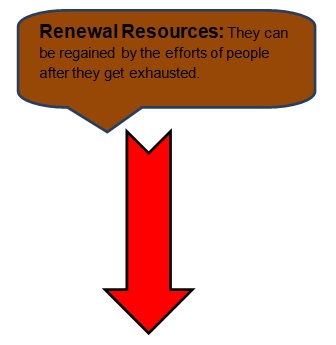
EXAMPLES:
- Animals
- Fresh Air
- Water
- Land
- Plants
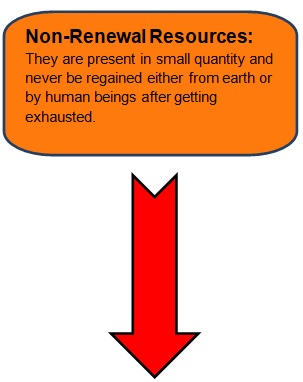
EXAMPLES:
- Coal
- Petroleum
- Minerals
- Metals
Apart from these two categories of natural resources, other categories are also defined to differentiate Natural Resources:
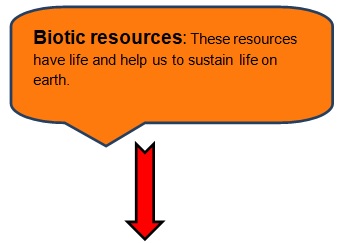
EXAMPLES:
- Plants
- Animals
- Trees
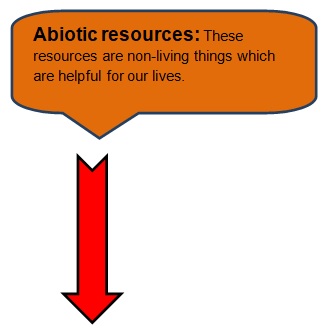
EXAMPLES:
- Air
- Water
- Land
- Soil
- Minerals
- Metals
Natural Calamities
Natural calamities are a worldwide phenomenon and they can have a devastating effect on people’s lives and their surroundings. Although they occur naturally and there is nothing that can be done to stop them, there are many different natural causes that lead to natural disasters, and being aware of these causes will help us to be well prepared to counter such disasters when they arrive.
Different Types of Natural Calamities
- Flooding
- They generally take place when a river bursts of its bank and water pours into the adjacent plains and thereby the plain submerges in the river water. This generally occurs when there is incessant rain. So, during very wet periods, flood warnings are generally given. Sometimes the steep channels facilitate fast surface run-off, and due to lack of vegetation or woodland, the flow of water cannot be broken and so the floodwater maintains its speed.
- Earthquakes
Earthquakes occur due to the movements of the plates in the earth’s crust. These plates cannot always move in a smooth manner and then they get stuck and cause a huge pressure to build up. When this pressure is released that the earth crust starts vibrating dangerously causing the earthquake.
- Tsunami
Tsunamis are generally caused when earthquakes occur below the earth surface. They also occur due to underwater volcanic eruptions. Volcanic eruptions occur due to magma escaping from inside the earth. An explosion takes place and the magma is released from a confined space. The magma travels up from the inside of the volcano and releases harmful gases and lava.
Recap
- Natural resources are those gifts of nature which are present in nature without any action of mankind.
- Renewal Resources: They can be regained by the efforts of people after they get exhausted.
- Examples are plants, animals.
- Non-Renewal Resources: They are present in small quantity and never be regained either from earth or by human beings after getting exhausted
- Examples are coal and petroleum.
- Biotic resources: These resources have life and help us to sustain life on earth.
- Examples are plants and animals.
- Abiotic resources: These resources are non-living things which are helpful for our lives.
- Examples are air, water.
- Different types of natural calamities are flooding, earthquakes, tsunami and wildfires.

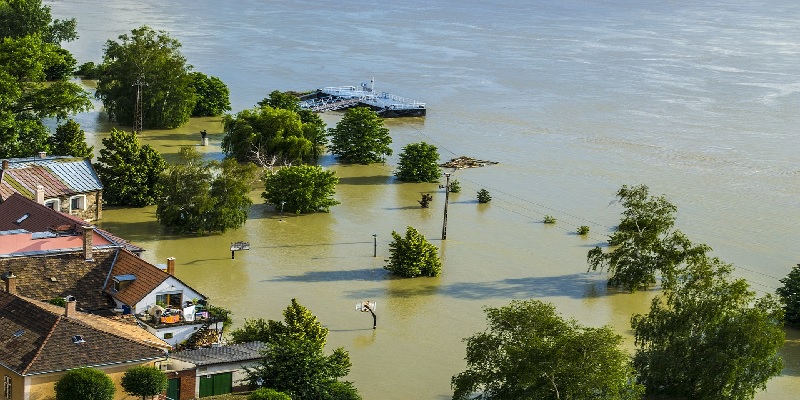













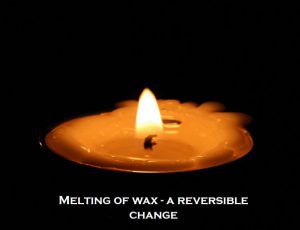
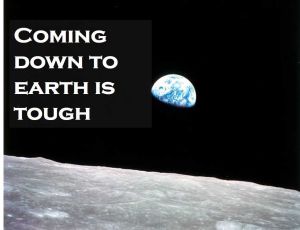








Comments